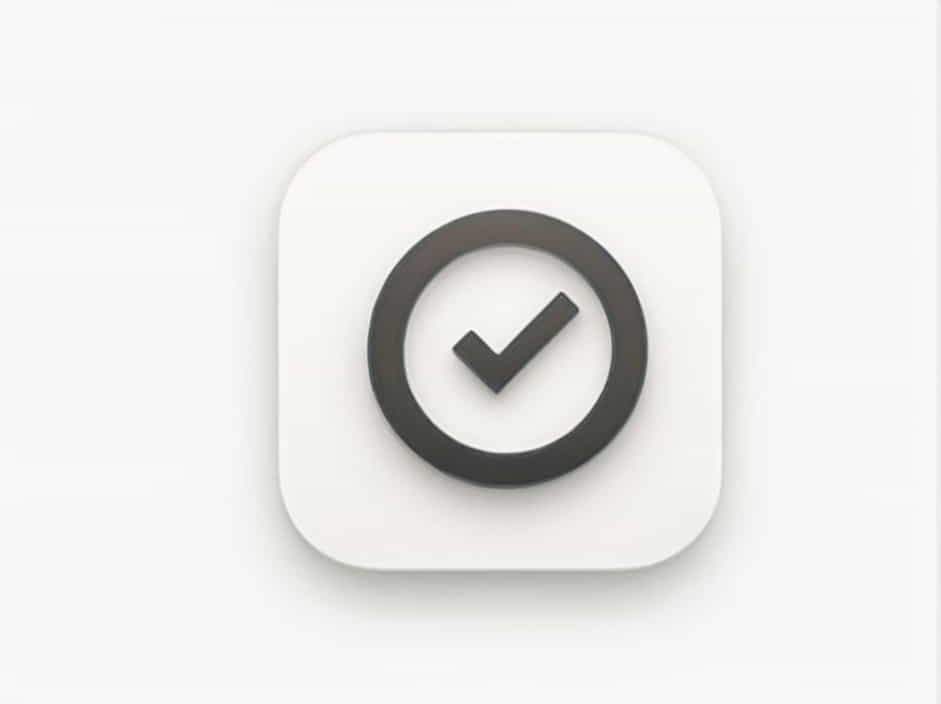The suprasternal notch, also known as the jugular notch, is the visible indentation at the top of the manubrium, the uppermost part of the sternum. This anatomical landmark is important in medical examinations, serves as a point of attachment for vital structures, and has clinical significance in diagnosing certain conditions.
In this topic, we will explore the anatomy, functions, medical importance, and related conditions of the suprasternal notch.
Anatomy of the Suprasternal Notch
The suprasternal notch is a concave depression located at the superior border of the manubrium, between the two sternoclavicular joints where the clavicles meet the sternum.
Where is the Suprasternal Notch Located?
- It sits at the base of the neck, between the two collarbones.
- It can be easily felt and seen as a dip at the top of the chest.
Bones and Structures Connected to the Suprasternal Notch
- Manubrium: The upper segment of the sternum, which supports the rib cage.
- Clavicles (Collarbones): These bones attach to the manubrium at the sternoclavicular joints.
- Trachea and Major Blood Vessels: The notch is located just above the trachea and major arteries, making it an important area for medical assessment.
Functions of the Suprasternal Notch
The suprasternal notch has several key functions in the body.
1. Serves as an Important Anatomical Landmark
- Used by health professionals to locate the trachea, thyroid gland, and blood vessels.
- Helps in assessing breathing and circulation.
2. Allows Movement of the Neck and Chest
- The sternoclavicular joints provide flexibility for head, neck, and shoulder movements.
- Supports proper posture by connecting the upper body to the rib cage.
3. Aids in Medical Examinations
- The notch is often used to check for:
- Tracheal deviation, which can indicate lung collapse or a mass in the chest.
- Pulse assessment in cases of emergency.
- Thyroid gland swelling or goiter detection.
Clinical Significance of the Suprasternal Notch
The suprasternal notch can be affected by various medical conditions that cause pain, swelling, or changes in shape.
1. Tracheal Deviation
- Definition: A shift of the trachea from its normal midline position.
-
Causes:
- Collapsed lung (pneumothorax).
- Tumors in the chest cavity.
- Severe swelling in the throat or lungs.
-
Symptoms:
- Difficulty breathing.
- Visible shift of the trachea.
- Chest pain.
-
Treatment:
- Emergency medical care is needed.
- Oxygen therapy or surgery may be required.
2. Suprasternal Notch Pain and Swelling
- Definition: Discomfort or inflammation in the area of the suprasternal notch.
-
Causes:
- Infections (e.g., tracheitis or thyroiditis).
- Muscle strain due to poor posture.
- Swollen lymph nodes in response to illness.
-
Symptoms:
- Tenderness and swelling.
- Difficulty swallowing.
- Hoarseness or changes in voice.
-
Treatment:
- Rest and anti-inflammatory medications.
- Antibiotics if infection is present.
- Medical evaluation for persistent symptoms.
3. Thoracic Outlet Syndrome (TOS)
- Definition: A condition where nerves or blood vessels near the suprasternal notch become compressed.
-
Causes:
- Poor posture.
- Repetitive arm movements.
- Trauma or injury to the clavicle or ribs.
-
Symptoms:
- Numbness or tingling in the arms.
- Weakness in the shoulders.
- Pain in the upper chest and neck.
-
Treatment:
- Physical therapy to improve posture.
- Pain management and medication.
- Surgery in severe cases.
4. Enlarged Thyroid (Goiter) in the Suprasternal Notch Area
- Definition: An abnormal enlargement of the thyroid gland, which is located near the suprasternal notch.
-
Causes:
- Iodine deficiency.
- Hyperthyroidism or hypothyroidism.
- Autoimmune disorders (Graves’ disease, Hashimoto’s thyroiditis).
-
Symptoms:
- A visible lump in the throat.
- Difficulty swallowing or breathing.
- Hoarseness and voice changes.
-
Treatment:
- Iodine supplements if deficiency is the cause.
- Medication or surgery for thyroid disorders.
How to Maintain a Healthy Suprasternal Notch Area
1. Maintain Good Posture
- Sit and stand with your shoulders back and chest open.
- Avoid slouching, as poor posture can lead to muscle tension in the suprasternal region.
2. Keep Your Airways Clear
- Stay hydrated to prevent irritation in the trachea.
- Avoid smoking, which can lead to lung and throat issues.
3. Check for Any Unusual Changes
- If you notice swelling, pain, or difficulty swallowing, consult a doctor.
- Perform regular self-examinations to detect any abnormalities.
4. Strengthen Your Neck and Chest Muscles
- Perform gentle stretching and strengthening exercises for the shoulders and upper chest.
- Avoid overexertion to prevent muscle strain.
5. Seek Medical Attention for Breathing Problems
- If you experience shortness of breath or tracheal deviation, seek immediate medical care.
- Conditions like pneumothorax and thoracic outlet syndrome require professional treatment.
The suprasternal notch, or jugular notch, is a small but important anatomical structure at the top of the sternum. It plays a crucial role in body movement, medical diagnosis, and overall health.
Understanding its functions, related conditions, and ways to maintain health can help prevent complications affecting the neck, chest, and airway. If you notice any changes or discomfort in the suprasternal notch area, seeking medical advice is always recommended.
